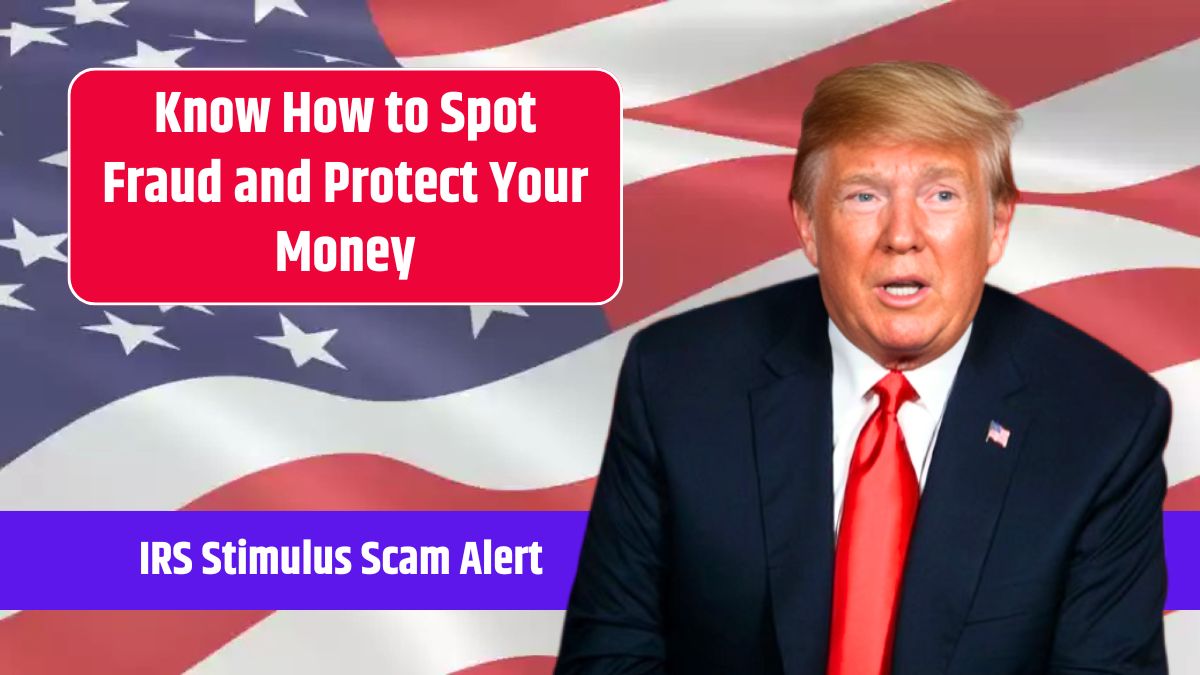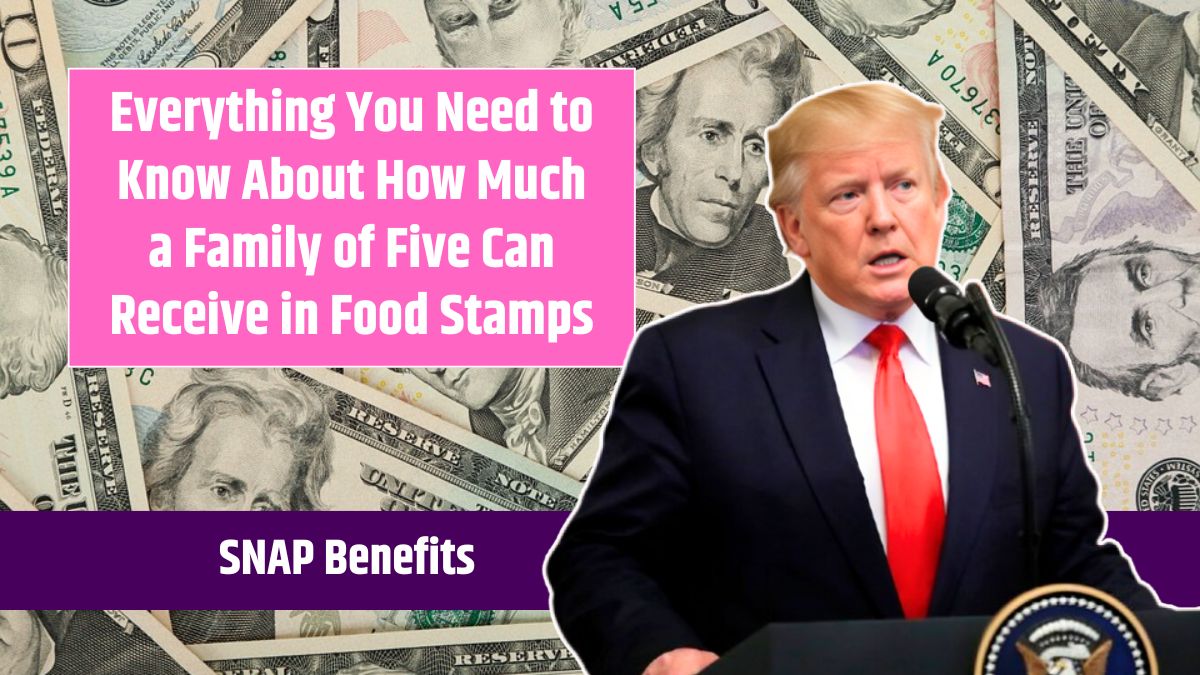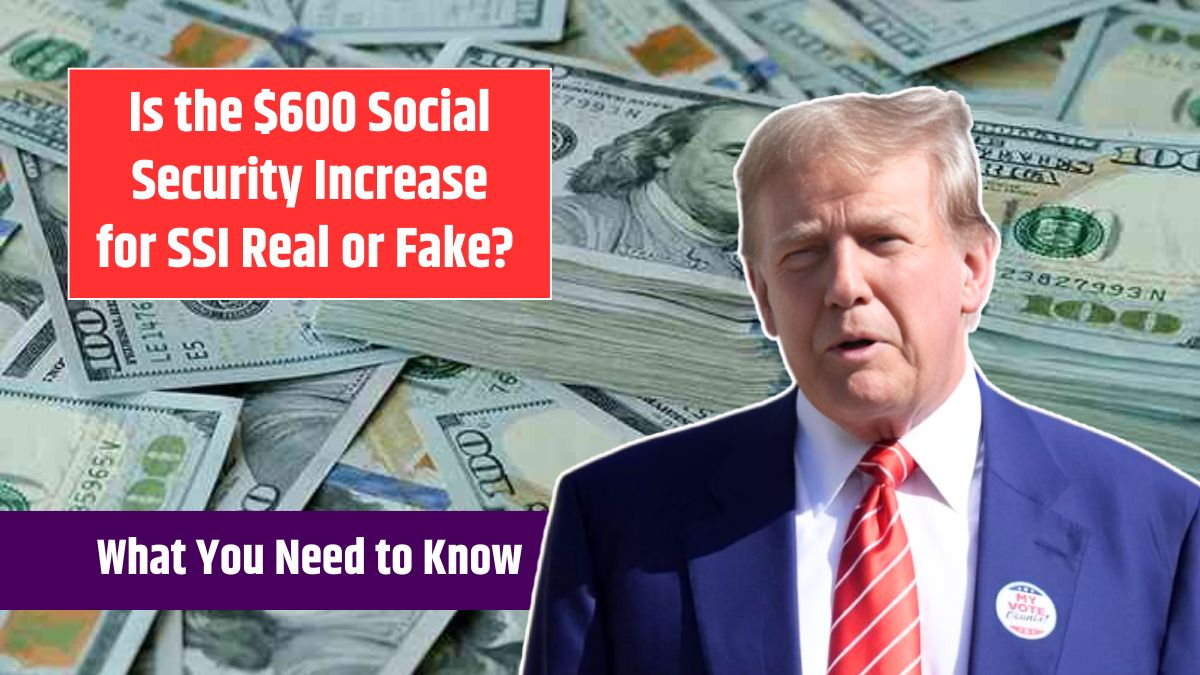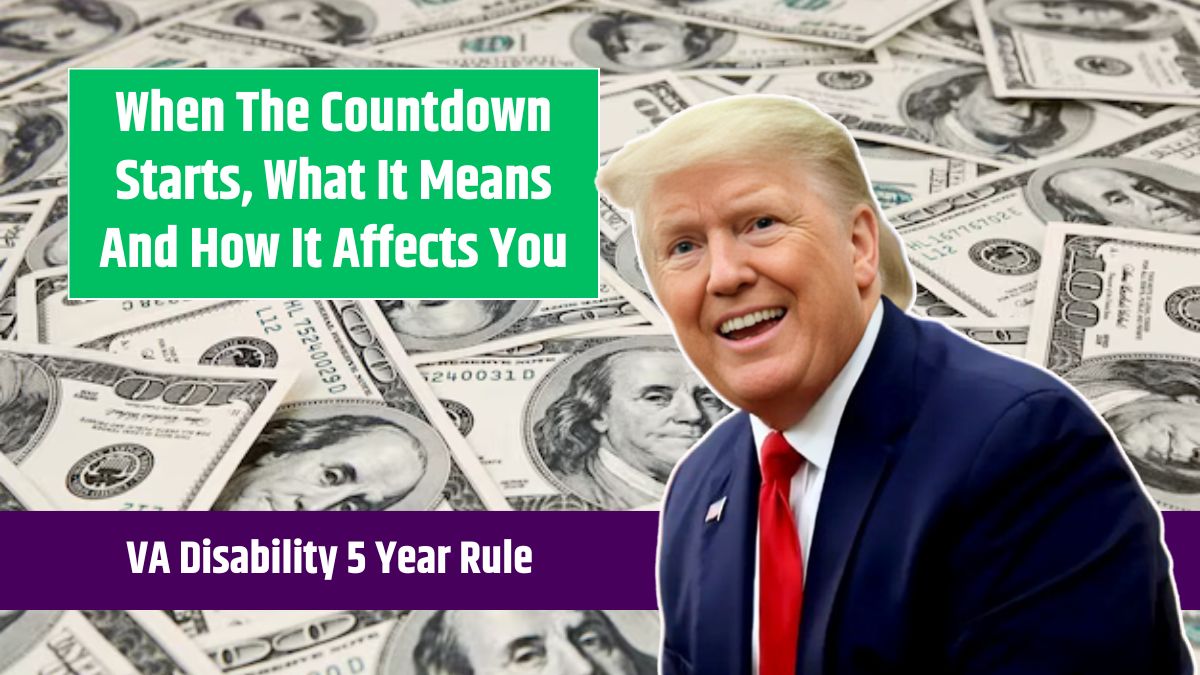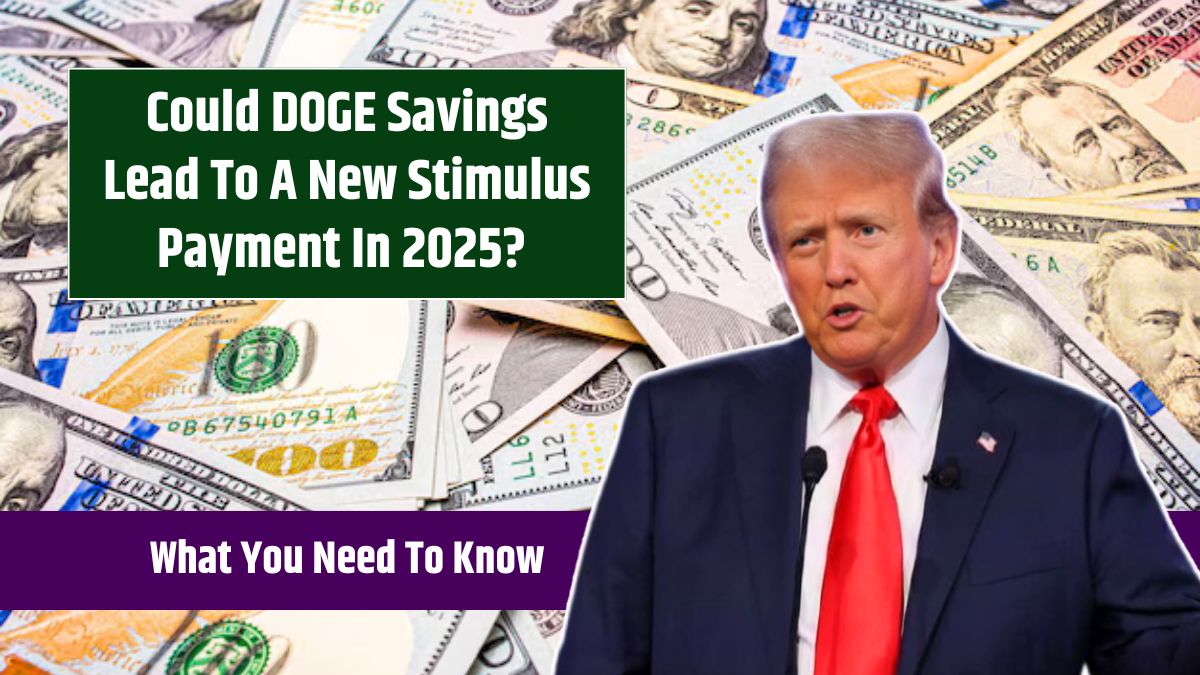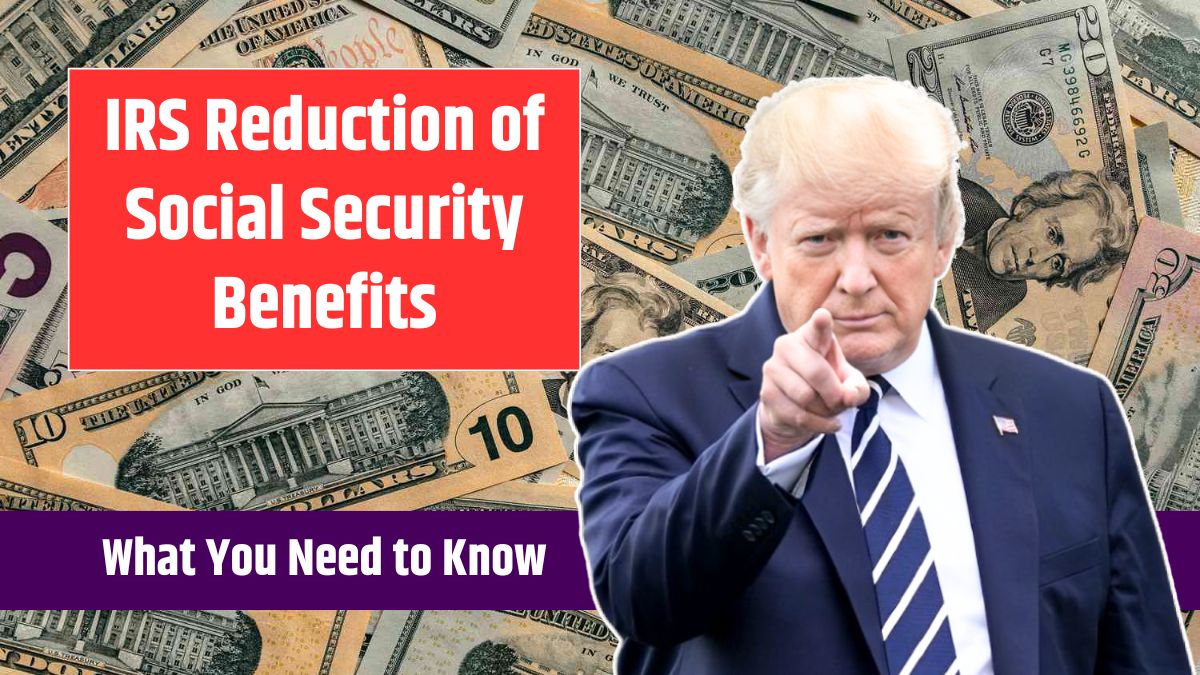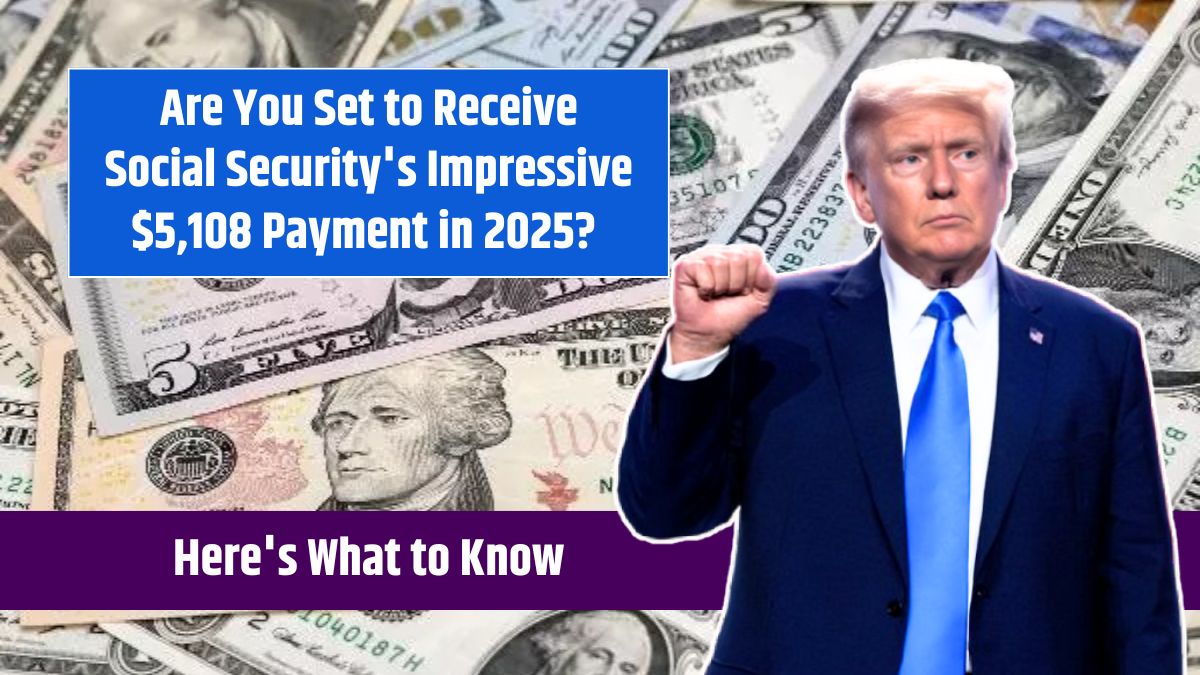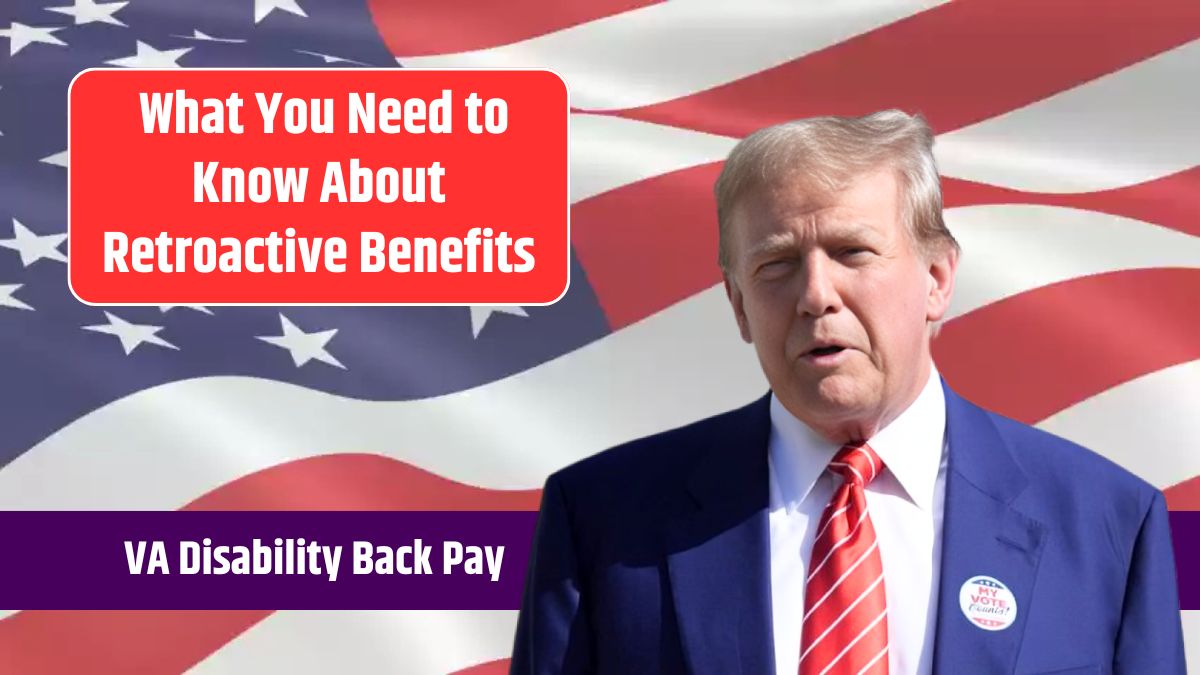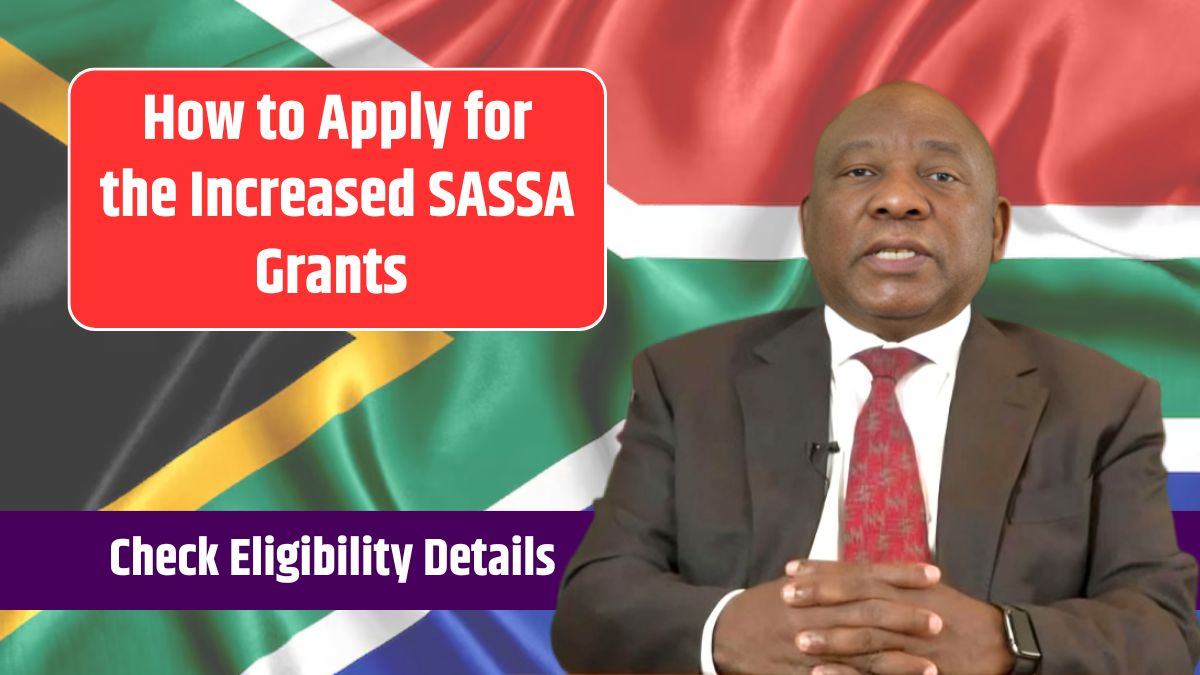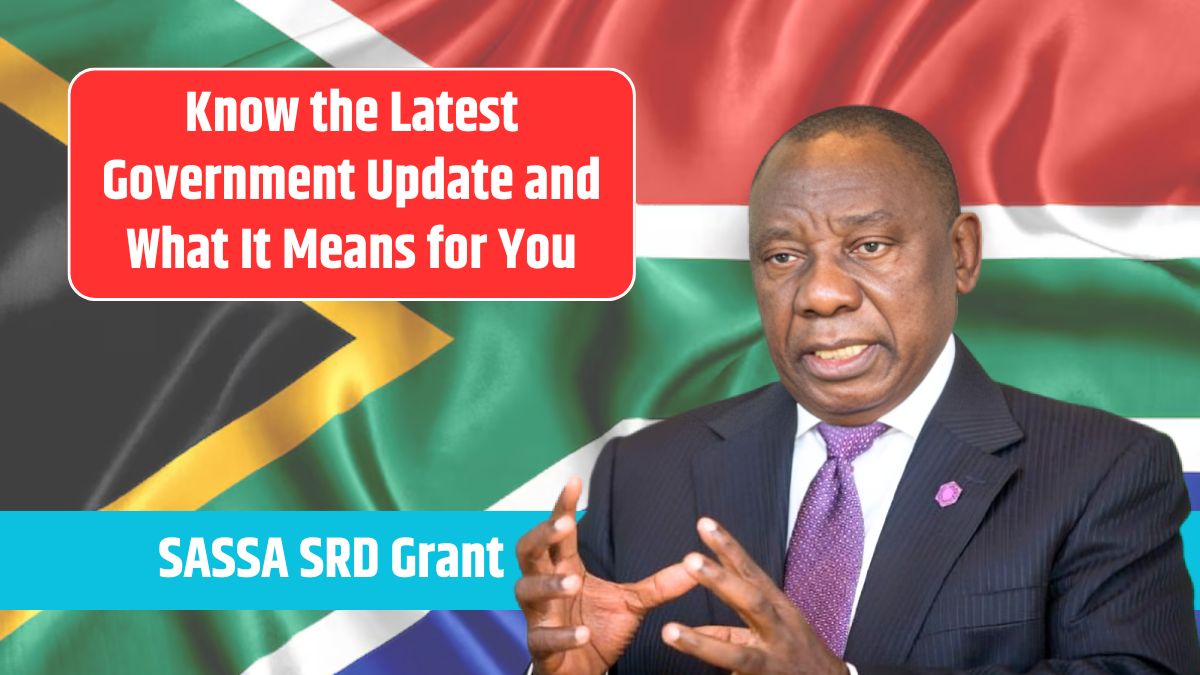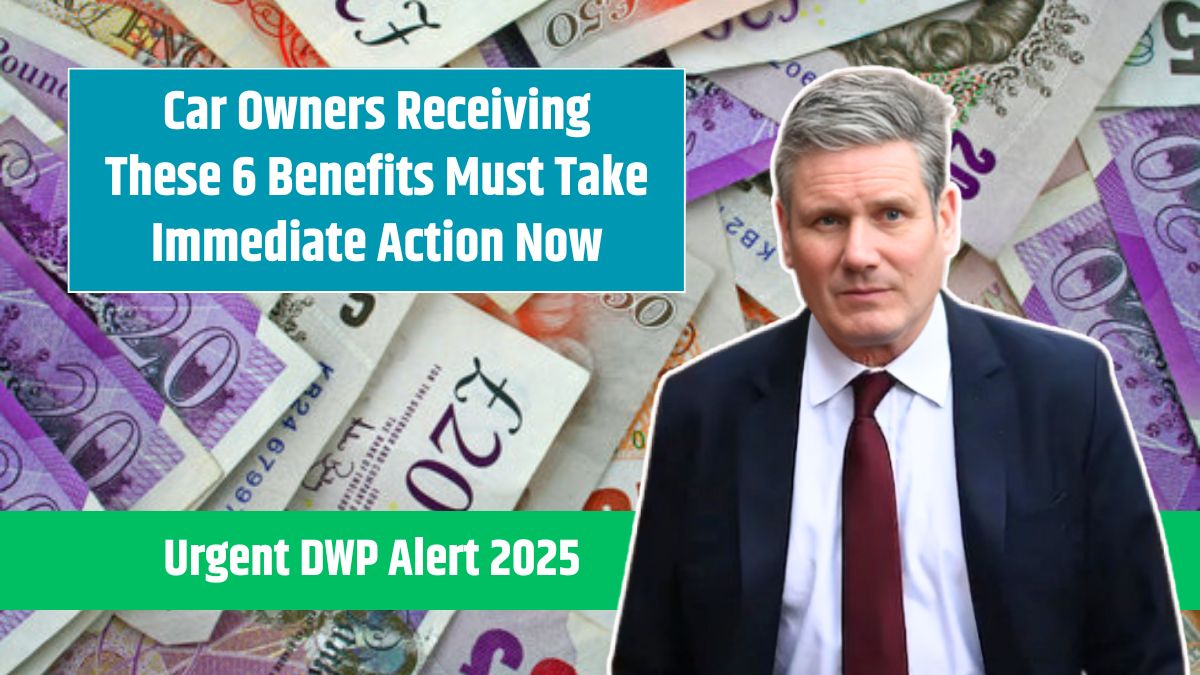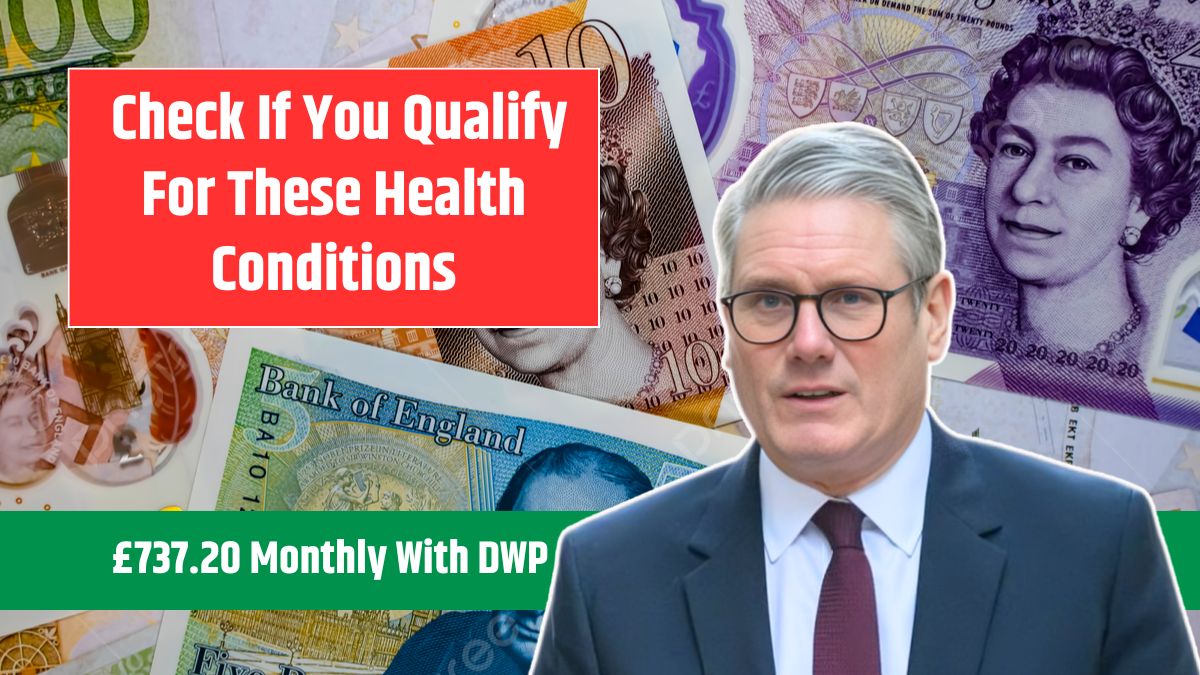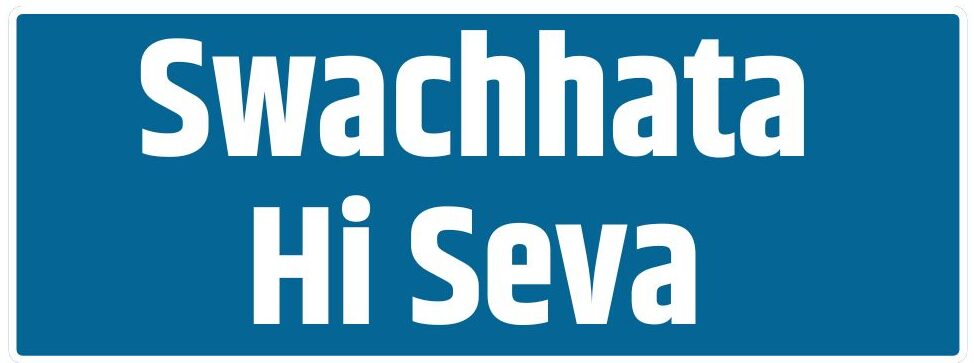Inflation and the rising cost of living continue to strain the finances of many Americans. To provide relief, the Internal Revenue Service (IRS) is issuing special Economic Impact Payments (EIP) of up to $1,400 to approximately one million taxpayers who did not claim their Recovery Rebate Credit on their 2021 tax returns.
These payments are automatic, meaning eligible taxpayers do not need to take any action to receive them. However, scammers are taking advantage of the situation, attempting to steal personal information through fraudulent messages.
Automatic Payments
The Economic Impact Payment (EIP) is a part of the Recovery Rebate Credit, which was introduced to ensure that eligible individuals who missed their stimulus payments during the pandemic could still receive the money.
The IRS and the U.S. Department of the Treasury identified taxpayers who filed returns but failed to claim the Recovery Rebate Credit and are now sending automatic payments.
Payments
- The payments are automatic for eligible taxpayers.
- No action or amended tax return is needed to receive the refund.
- Payments are being issued via direct deposit or paper checks.
- The process is designed to ensure funds reach those who need them without complications.
IRS Warning
With these payments rolling out, scammers are exploiting the situation. Fraudsters are impersonating IRS officials and sending fake text messages promising an EIP of $1,400 in exchange for personal information.
Example of a Scam Message:
“You are eligible to receive an economic impact payment of $1,400. Please provide your accurate personal information. We will deposit the amount into your bank account or send you a paper check within 1 to 2 business days.”
These phishing scams appear to be official messages but are designed to steal sensitive data such as Social Security numbers, bank details, or tax information. The IRS does not send unsolicited texts or emails requesting personal details. Taxpayers should ignore and report such messages immediately.
How to Protect
To avoid falling victim to these scams, follow these IRS-recommended precautions:
- Ignore unexpected messages claiming to be from the IRS.
- Never share personal information via text, email, or phone.
- Verify directly with the IRS by checking the official IRS website (IRS.gov).
- Report phishing scams to the IRS at [email protected].
Who Is Eligible?
The IRS is sending these payments to taxpayers who:
- Did not claim the Recovery Rebate Credit on their 2021 tax return.
- Were eligible for stimulus payments but never received them.
- Filed their 2021 taxes but overlooked the credit.
If you fit these criteria, you should receive the payment automatically. If you believe you were eligible but did not receive the money, check with the IRS directly.
Haven’t Received the Payment
If you believe you qualify but haven’t received the payment, follow these steps:
- Check your tax return to see if you claimed the Recovery Rebate Credit.
- Log in to the IRS website to track your payment status.
- Contact the IRS if you suspect an issue with your refund.
The IRS is committed to ensuring these payments reach those who need them, reducing financial strain for millions of Americans. If you’re eligible, keep an eye on your bank account or mailbox for your refund—no extra steps required.
FAQs
Who is eligible for the $1,400 payment?
Taxpayers who did not claim the Recovery Rebate Credit on their 2021 return.
Do I need to file an amended return?
No, the IRS is sending payments automatically to eligible taxpayers.
How will I receive my payment?
Via direct deposit or a mailed paper check from the IRS.
How can I avoid IRS scams?
Ignore unexpected IRS messages and never share personal details.
Where can I check my payment status?
Visit IRS.gov and use the online ‘Get My Payment’ tool.
